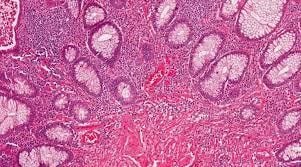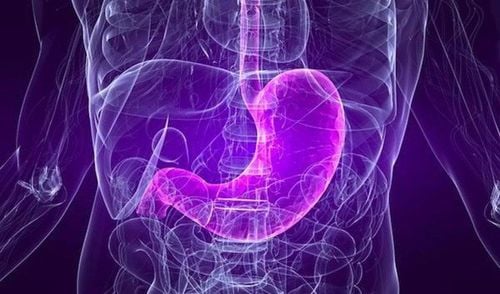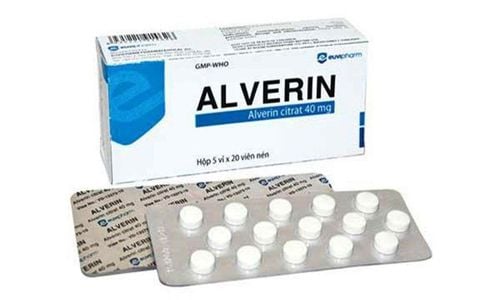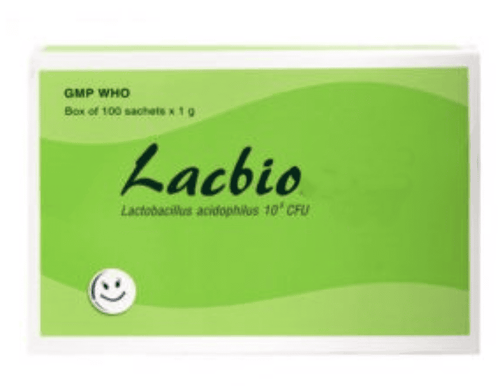This is an automatically translated article.
The article was professionally consulted with Specialist Doctor I Nguyen Hong Phuc - General Internal Medicine - Department of Medical Examination & Internal Medicine - Vinmec Phu Quoc International General Hospital.1. Overview of Whipple's Disease
Whipple is one of the diseases that cause intestinal absorption disorders, also known as intestinal lipodystrophy, caused by digestive infections. Digestion and absorption of food in patients with Whipple's disease are hindered by intestinal loss of protein, especially of the fat and carbohydrate groups.Whipple's disease starts in the digestive tract but affects many different organs in the body, including the eyes, heart, lungs, kidneys, and central nervous system. The histopathological feature of Whipple's disease is the invasion of mononuclear cells into the small intestinal mucosa with a large cytoplasmic region of increased size. The bacteria that cause Whipple's disease can be seen when observing patient samples under an electron microscope. Middle-aged people are the high-risk group.
Whipple's disease progresses slowly and silently, but if left untreated, it has a high risk of death. Current treatment methods are quite diverse, mainly focusing on the use of specific antibiotics, but still controversial. Good adherence to the treatment as directed by the doctor helps to increase the effectiveness and reduce the frequency of drug-resistant bacteria.

2. Causes of Whipple's Disease
Whipple disease is caused by an infection of the digestive tract that is caused by the bacterium Tropheryma Whipplei. Pathogenic bacteria enter the digestive tract through the small intestine mucosa, causing damage to the microvilli at many locations in the intestinal tract. Through the bloodstream, bacteria continue to invade other organ systems in the body such as the brain, kidneys, heart, lungs, eyes. People who carry the bacteria that cause the disease are not necessarily infected with Whipple disease. Abnormalities in the immune system are a risk factor that increases the likelihood of illness from exposure to bacteria. In addition, some other related risk factors are listed as follows:Gender: Men have a higher incidence than women. Age: People in the middle age group from 40 to 60 years old have a higher risk of getting the disease than younger people. Ethnicity: Europe and North America account for a high proportion of all cases of Whipple disease.
3. Clinical signs of Whipple disease
Whipple disease has many diverse clinical manifestations because it affects many different organs in the body. The digestive system is not the only organ affected in Whipple disease, the heart, lungs, kidneys, eyes and central nervous system are also attacked by pathogenic bacteria. When the bacteria reach the central nervous system, the damage there can be irreversible and cause the person to die. People with Whipple disease have clinical symptoms related to abnormalities in the gastrointestinal tract and extra-gastrointestinal tract as follows:
4. Diagnosis of Whipple's Disease
Diagnosis of Whipple's disease is not an easy task because the symptoms are varied but not specific. To confirm a patient has Whipple disease, the specialist needs to coordinate with other tests such as:Blood count: Detect infection and anemia with an increased white blood cell count associated with decrease in red blood cell count. Protein and albumin levels in the blood decrease because the intestines lose protein, reducing the absorption of nutrients from the digestive tract. Biopsy: This is an important method to help accurately diagnose cases of Whipple disease. The mucosa of the small intestine is the most common site for sampling, then observing the specimen under the electron microscope. A definitive diagnosis is established when the presence of Tropheryma Whipplei bacteria is observed along with disease-specific lesions. However, a negative specimen does not rule out disease.

5. Treatments for Whipple's Disease
Whipple disease is caused by the bacterium Tropheryma Whipplei, so the main treatment is the use of specific antibiotics to kill the bacteria. Initially, doctors usually prescribe intravenous antibiotics for a few weeks, then switch to oral antibiotics if there is a good response. The duration of oral antibiotics lasts about 1 to 2 years to ensure that the disease is limited in the future. Patients diagnosed with Whipple disease need to strictly follow the treatment according to the instructions of the doctors, do not stop taking the drug on their own to avoid the disease becoming worse due to damage to the central nervous system or relapsing later. .During drug treatment, patients with Whipple's disease should apply appropriate lifestyle regimens to speed up the treatment process such as eating adequate nutrients and energy, supplementing vitamins and minerals. .
Vinmec International General Hospital with a system of modern facilities, medical equipment and a team of experts and doctors with many years of experience in medical examination and treatment, patients can rest assured to visit. examination and treatment at the Hospital.
Please dial HOTLINE for more information or register for an appointment HERE. Download MyVinmec app to make appointments faster and to manage your bookings easily.














